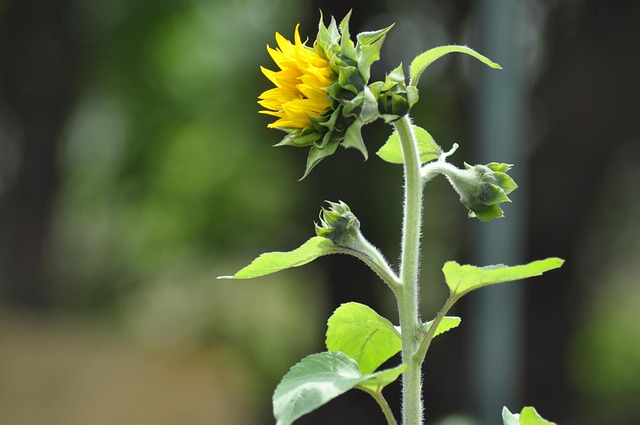Growing Together: Community Gardens Combating Climate Change
As the world warms and climate challenges intensify, community gardens have emerged as bright beacons of hope and action. These shared green spaces are more than just plots of land; they are hubs of connection, resilience, and sustainable living. For many, tending to a community garden is a comforting and empowering way to face the uncertainties of warming climates.
There’s something profoundly healing about planting seeds alongside neighbors, feeling the earth’s texture, and watching vibrant greens sprout against the backdrop of urban life or changing weather patterns. In these patches of soil, people find a common purpose: nurturing both plants and relationships. Community gardens foster a sense of belonging, a reminder that no one is alone in confronting climate change.
Beyond the emotional solace, community gardens actively contribute to mitigating warming. By increasing urban greenery, they help reduce heat islands, improve air quality, and enhance biodiversity. Gardens act as carbon sinks, capturing CO2 through photosynthesis, while promoting sustainable practices like composting and water conservation. Every tomato harvested or flower bloomed is a small victory against environmental degradation.
Moreover, these gardens educate and inspire. They teach young and old alike about the cycles of nature, the importance of local food systems, and the benefits of reducing reliance on industrial agriculture. When people grow their own fruits and vegetables, they lower the carbon footprint tied to food transportation and packaging, making daily choices that ripple outward into the global fight against climate warming.
In a warming world, community gardens offer a meaningful way to reconnect—to the earth, to each other, and to a shared future. They are living symbols that through cooperation and care, we can cultivate not only plants but hope and resilience for generations to come.




